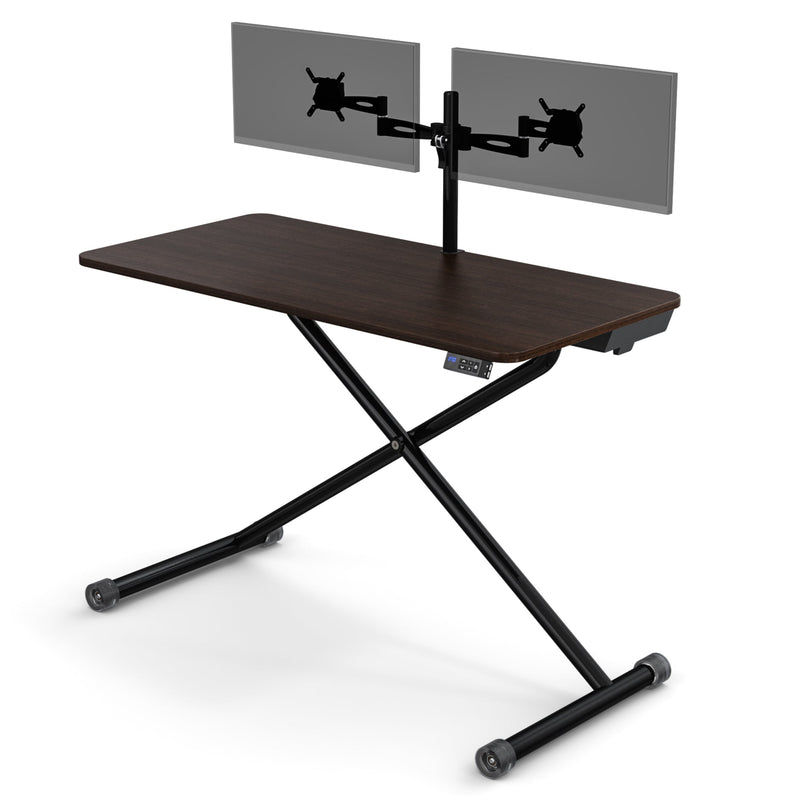Exploring Managed IT Services: A Comprehensive Overview for Businesses Exploring Managed IT Services: A Comprehensive Overview for Businesses
In an age where innovation plays a crucial function in driving service success, understanding how to navigate the complexities of IT can be daunting. If you have actually really felt overloaded by the hectic digital landscape or questioned how to maximize your innovation infrastructure, you’re not alone. Many businesses are turning to Managed IT Services to streamline procedures, improve security, and focus on core tasks. Yet what exactly are Handled IT Services, and exactly how can they benefit your company? Let’s discover this subject and see just how it can transform your organization.
What Are Handled IT Services?
Handled IT Services refer to a positive technique to handling your company’s IT systems and procedures. Rather than just responding to concerns as they emerge, companies can engage with a Managed Provider (MSP) to monitor, handle, and keep their IT facilities. This extensive support can include network management, data safety, software updates, and helpdesk aid customized to your certain demands.
Trick Attributes of Managed IT Services
24/7 Monitoring: Constant surveillance of your systems aids determine prospective issues prior to they escalate, guaranteeing marginal disturbance to operations.
Preventive Upkeep: MSPs carry out normal maintenance to maximize your IT framework, expanding the life expectancy of your software and hardware.
Information Protection and Backup: Managed IT Services frequently consist of safety and security actions and normal back-ups to shield versus information loss among raising cyber hazards.
Scalability: As your organization expands, your technology needs will develop. Managed IT Services supply the scalability to change your IT resources according to require without large in advance financial investments.
Professional Advice: Gain access to a group of IT experts who can offer strategic guidance based on existing patterns to boost your service’s one-upmanship.
Why Pick Managed IT Services?
Enhanced Effectiveness: Unloading IT jobs permits your internal group to concentrate on core activities, boosting general productivity.
Price Financial Savings: Managed IT Services lead to substantial financial savings over time. As opposed to preserving a complete internal IT division, you pay a foreseeable monthly cost for various services, minimizing unanticipated repair costs.
Improved Security: Managed IT Services bring durable cybersecurity actions. You can rely on seasoned professionals that stay updated on the most recent risks.
Access to Most Current Technology: Businesses access to the most recent devices without the intricacy and prices of consistent upgrades.
Stronger Conformity: For services that require to satisfy governing needs, Handled IT Services provide the essential devices and procedures for conformity, minimizing the threat of fines.
Choosing the Right Managed IT Services Carrier
When considering Managed IT Services, it’s crucial to choose the appropriate company. Secret factors to consider consist of:
Sector Experience: Select a supplier with a tested record in your sector that recognizes the one-of-a-kind difficulties you encounter.
Series Of Services Offered: Guarantee the MSP provides a extensive suite of services, consisting of cybersecurity, cloud options, and calamity recuperation.
Reaction Time and Customer Support: Quick reaction times are important. Pick a carrier that supplies 24/7 support for comfort.
Recommendations and Testimonials: Research study client evaluations and demand testimonials to determine satisfaction levels and solution high quality.
Personalization Options: Every business is distinct– select a supplier that can tailor their services to your specific challenges.
Real-World Applications of Managed IT Services
Case Study: Little Retail Service: A small retail business had problem with slow point-of-sale systems and frequent outages. After partnering with a Managed IT Services company, they executed durable network surveillance, determining data transfer concerns that caused slowdowns. This led to boosted consumer contentment and boosted sales.
Case Study: Financial Services Firm: A financial solutions firm had data safety and conformity challenges. They engaged a Managed IT Services provider that carried out sophisticated safety and security methods and performed routine employee training. This boosted protection and enhanced conformity, boosting client confidence.
Final thought
Managed IT Services provide a effective remedy for services looking to maximize their modern technology infrastructure and enhance functional performance. By welcoming this aggressive method, you liberate useful sources to focus on core business objectives while taking advantage of improved protection and access to the most up to date technologies.
If your business prepares to check out the advantages of Managed IT Services, discover more about exactly how we can assist you by visiting our Managed IT Services page. Buying the appropriate IT sustain can safeguard your procedures and encourage your organization to prosper in a affordable market.
By understanding what Handled IT Services require, you’re much better outfitted to make enlightened decisions that drive development and development. Do not wait until a situation strikes– take control of your IT strategy today.







